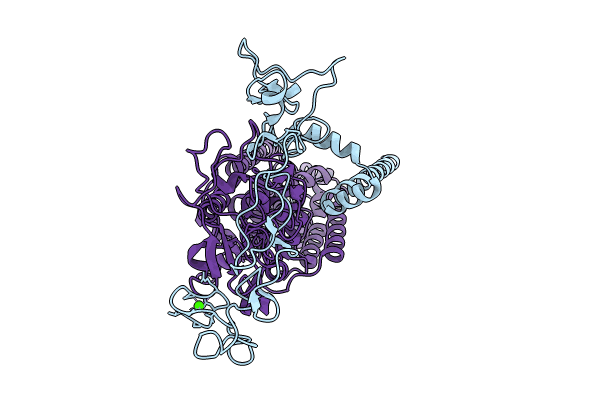
Deposition Date
2023-04-27
Release Date
2024-05-29
Last Version Date
2024-12-11
Entry Detail
PDB ID:
8SNO
Keywords:
Title:
Structure of mature human ADAM17/iRhom2 sheddase complex, conformation 2
Biological Source:
Source Organism:
Homo sapiens (Taxon ID: 9606)
Host Organism:
Method Details:
Experimental Method:
Resolution:
2.78 Å
Aggregation State:
PARTICLE
Reconstruction Method:
SINGLE PARTICLE


